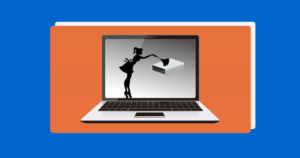As digital technology becomes more prevalent, consumers and businesses are creating and sharing details at an unparalleled rate. This kind of data may be invaluable, but it also poses a risk in case the right cybercriminals gain access to it. This article is made to keep you smart about the best practices that will help you and your workers protect vital customer data from cyberattacks, and stay compliant with applicable legal guidelines.
Whether this occurs at the government level or by a small business, a breach of sensitive client data can make a significant reliability the original source threat. From identity theft to malware that corrupts telephones, tablets, or perhaps entire sites, the effects of these risks are dreadful.
To protect info, you must know what type of information has been collected, wherever it’s placed, and how it’s accessed. An effective first step is usually to conduct a data audit and develop a info inventory. This allows you to categorize the details based on sensitivity, use circumstance, and needed accessibility. You’ll afterward be able to arrange accordingly.
When it comes to consumer data, the smallest facts can be the most dangerous. For example , when a hacker takes charge of a Myspace account, they can spoof the name and logo of high-profile individuals to carry out deceitful activity. To avoid this, create policies that instruct your team to overwrite facts a few times prior to disposing of it—like digital shredding or perhaps degaussing—to prevent cybercriminals out of stealing data you no longer need.



